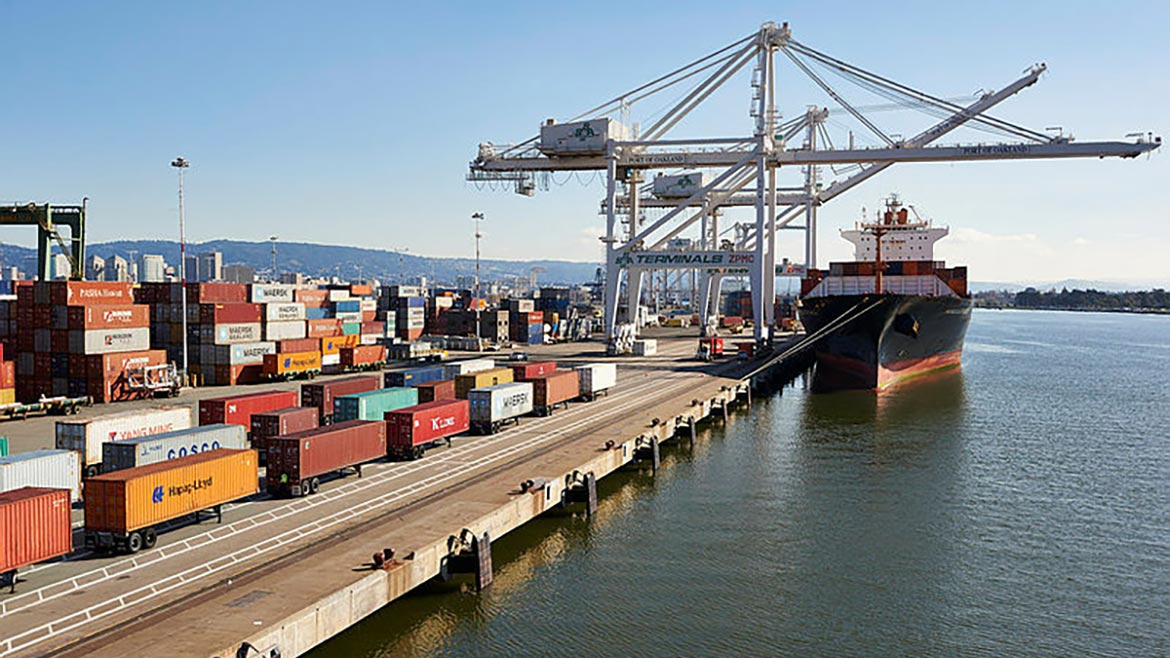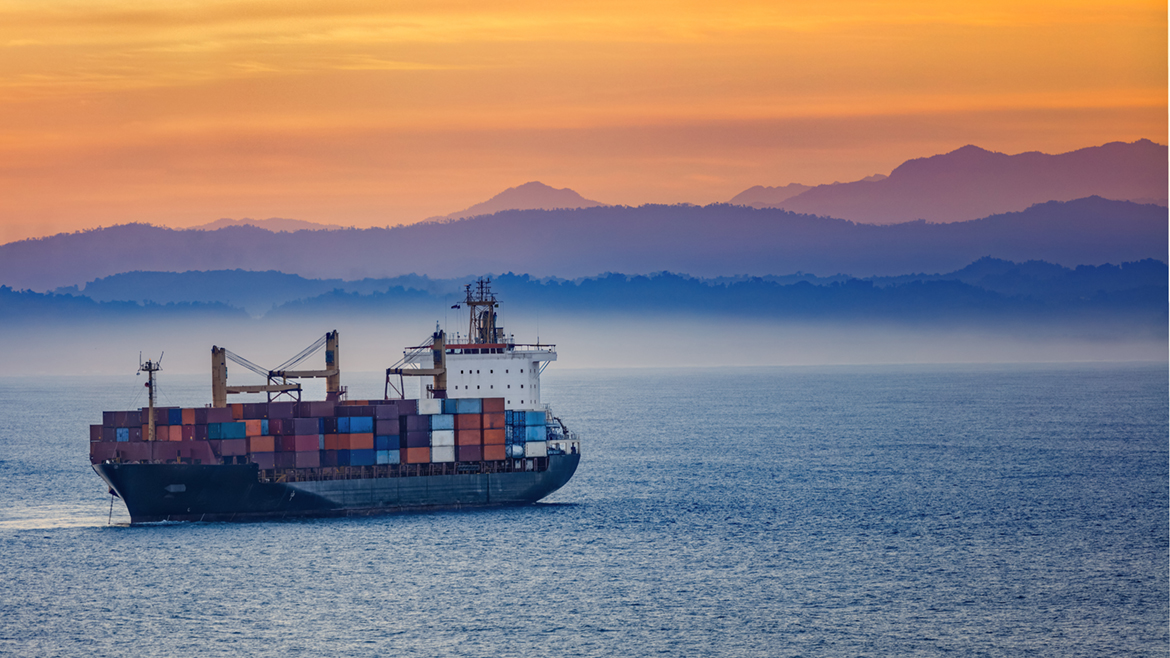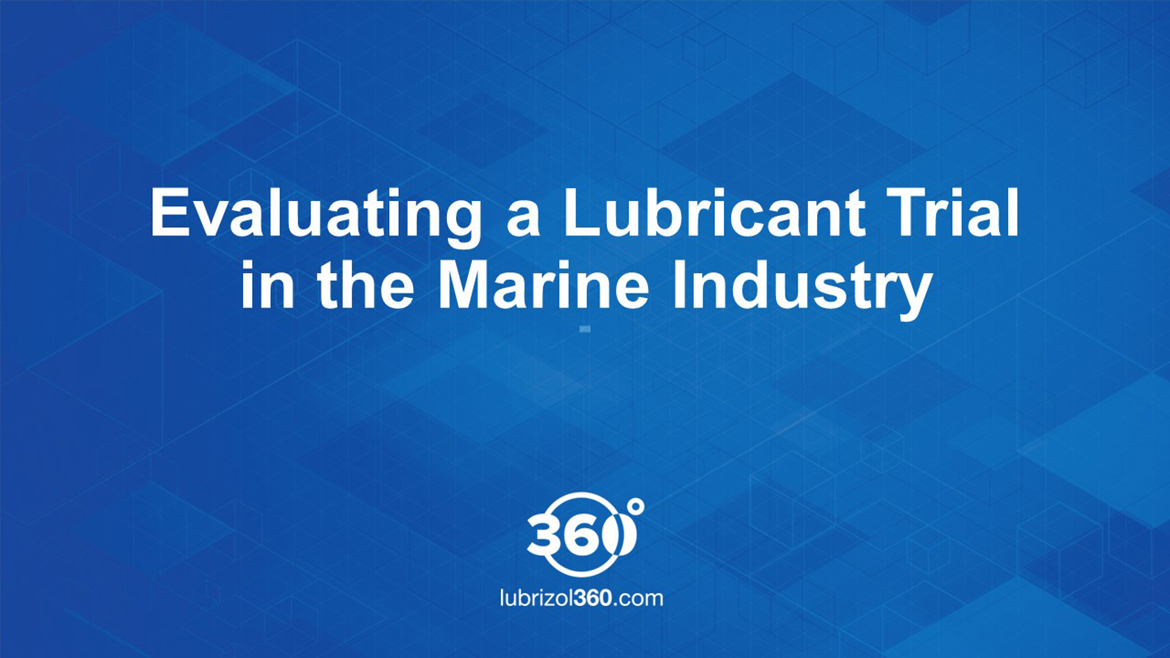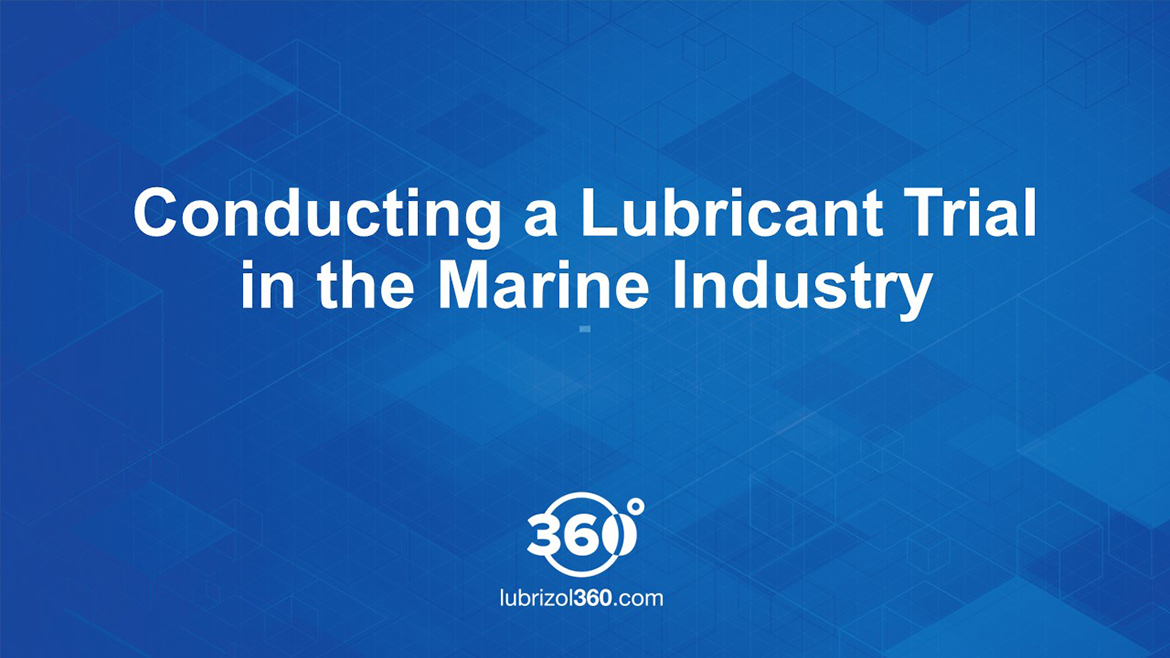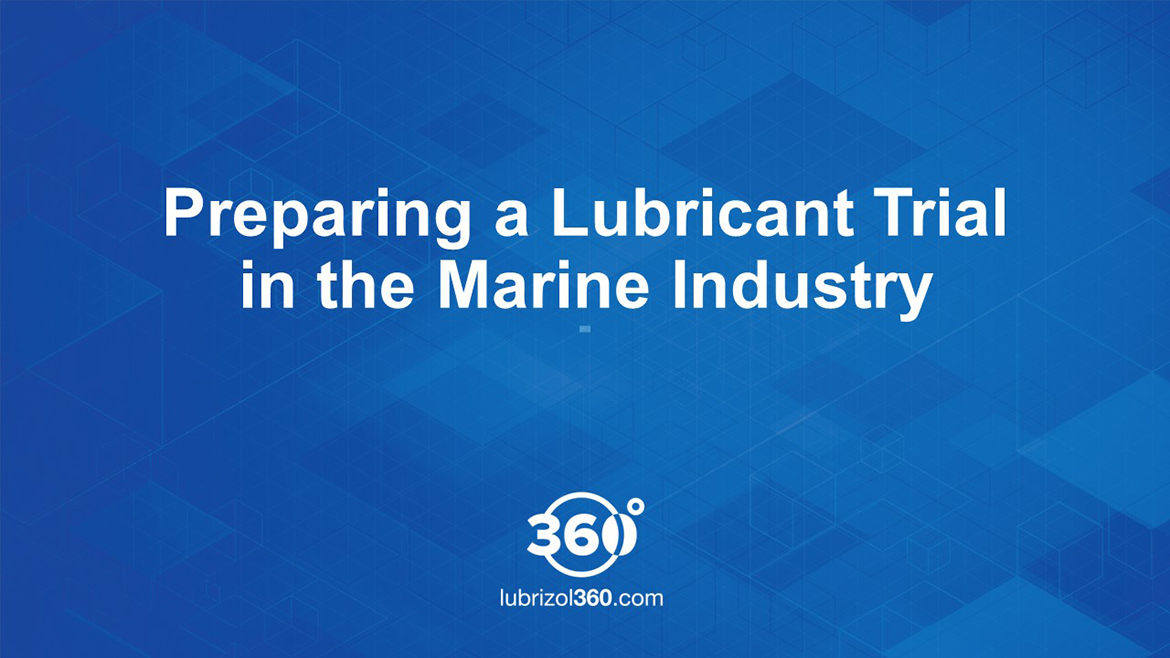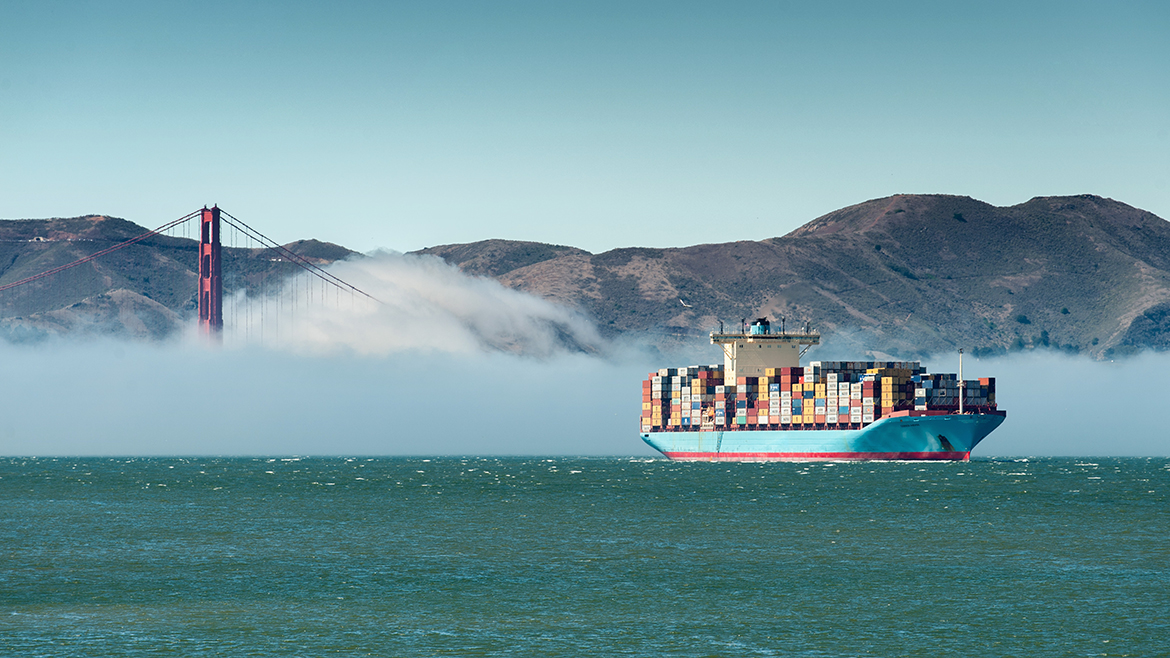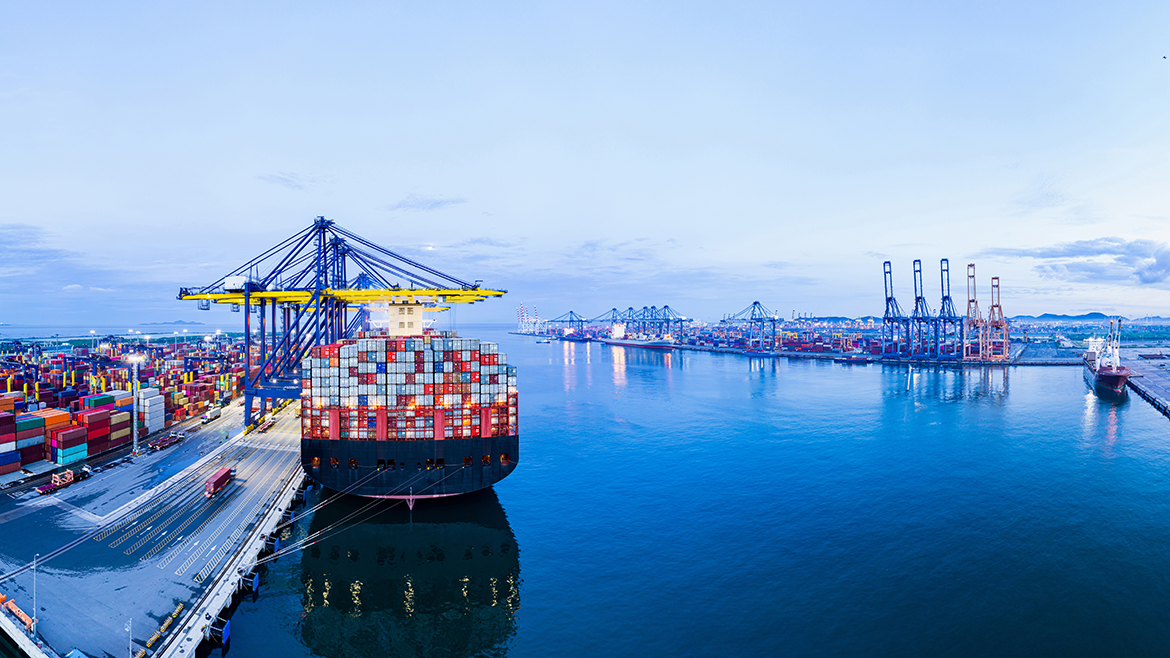Jan 29, 2020
Posted by Harriet Brice, Technology Manager, Marine Engine Oils, Ian Bown, Technical Manager, Marine Engine Oils, Simon Tarrant, Global Business Director, Large Engines
In part one of our article on very low-sulfur fuel oil (VLSFO), we looked at the role of lubricants and additives and factors to consider when selecting the right lubricant.
The Impact of 2020 Fuels
Concerns have arisen in the industry about the variation in constituents of new VLSFOs and the effects they could have on fuel stability, compatibility and combustibility. For lubricant additive manufacturers, the main concern is the potential impact on combustion zone deposit formation. Excessive deposits can affect engine efficiency and durability. Lubricants and the additive packages within them need to be designed to keep components free of these deposits.
To understand the characteristics of VLSFOs, their effect on engine deposits and how lubricants perform when used with these fuels, five such fuels available in China—one of the only markets where they were available before late 2019—were compared five VLSFOs blended by our in-house laboratory. The results demonstrate how appropriate additives can effectively reduce the impact of fuel variability, with enhanced deposit control improving engine durability. This goes beyond conventional cylinder oil formulating and demonstrates that BN alone is not the solution for 0.5% sulfur fuels.
Wide Variability
The fuels sourced in China provide a good example of VLSFOs that meet the ISO 8217:2017 marine fuel standard. During use, however, there were measurable differences in deposit formation. These blends are manufactured from normal refinery components that meet the specifications for residual fuels set out in the ISO standard. But even using these well known fuel streams, the formation of deposits can vary considerably between blends.
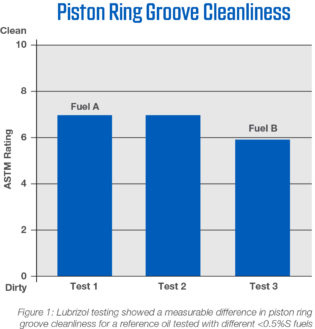 To study this, piston groove cleanliness was tested using three different batches of VLSFO and a reference cylinder lubricant. One of the three engine tests showed increased deposit formation (see figure 1). As the engine operating conditions were similar, the difference can be attributed to a variation in fuel properties.
To study this, piston groove cleanliness was tested using three different batches of VLSFO and a reference cylinder lubricant. One of the three engine tests showed increased deposit formation (see figure 1). As the engine operating conditions were similar, the difference can be attributed to a variation in fuel properties.
Even within the same small sourcing area, variation can be seen to affect the amount of deposit formed in the engine. With the almost overnight global expansion of 0.5% sulfur fuels from 2020, the variation could be even greater as more atypical blend constituents are used to meet demand. Using a more robust lubricant will help to reduce the impact to the engine of this variability.
Compatibility and Stability
Compatibility concerns around VLSFOs relate to the co-mingling of incompatible bunkers and can be managed through tank segregation until compatibility can be confirmed through testing. Stability refers to each individual fuel blend being a stable product. A contributing factor underlying both is asphaltene stability. Asphaltenes are present in all crude petroleum residues but vary in content and characteristics depending on the crude’s origin. Asphaltenes are sensitive to changes in the aromaticity of the total fuel matrix, which changes when fuels are blended. Combining a residual stream with a paraffinic refinery stream (such as a low-sulfur distillate) to reach the 0.5% sulfur limit would therefore increase the risk of the final blend being unstable.
One way of characterizing fuel composition is by determining the quantity of saturate, aromatic, resin and asphaltene (SARA) fractions. These components are each associated with asphaltene stability and so this technique can be useful in identifying fuels with the potential for stability issues.
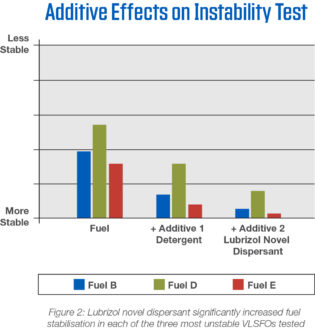 As well as establishing the SARA measurements, we also probed the stability of the commercial VLSFOs using a proprietary bench test. Fuel B showed higher instability than Fuel A which indicated this could be a contributing factor to the deposit differences in Figure 1. By mixing a portion of the fuel in to the marine diesel cylinder lubricants (MDCLs) tested in the engine, it was found the instability test directionally aligned with the piston cleanliness. This provided a screening tool to evaluate different cylinder lubricant additives. Figure 2 shows the instability results for the three most unstable fuels tested B,D and E when mixed with two different MDCL formulations. One contains a detergent known to be effective in deposit control and asphaltene stabilization (additive 1) and the second contains a novel dispersant known to be effective in deposit and varnish control and asphaltene stabilisation (additive 2). The lubricant containing the novel dispersant was shown to be the most effective in the engine by controlling deposit formation on piston lands and in piston ring grooves with these fuels.
As well as establishing the SARA measurements, we also probed the stability of the commercial VLSFOs using a proprietary bench test. Fuel B showed higher instability than Fuel A which indicated this could be a contributing factor to the deposit differences in Figure 1. By mixing a portion of the fuel in to the marine diesel cylinder lubricants (MDCLs) tested in the engine, it was found the instability test directionally aligned with the piston cleanliness. This provided a screening tool to evaluate different cylinder lubricant additives. Figure 2 shows the instability results for the three most unstable fuels tested B,D and E when mixed with two different MDCL formulations. One contains a detergent known to be effective in deposit control and asphaltene stabilization (additive 1) and the second contains a novel dispersant known to be effective in deposit and varnish control and asphaltene stabilisation (additive 2). The lubricant containing the novel dispersant was shown to be the most effective in the engine by controlling deposit formation on piston lands and in piston ring grooves with these fuels.
Lubricating for VLSFOs
Detergents are not the only additives in the formulator’s tool kit. Dispersants are very good at piston cleanliness. They have been used in automotive applications for many years but are not commonplace in marine cylinder oils for deposit control.
In order to determine the appropriate BN and deposit control requirements of cylinder lubricants for use with 0.5% sulfur fuels, we tested a series of BN25 and BN40 oils with commercially available VLSFO blends in a stationary 2-Stroke marine diesel engine. Scrapedown samples were used to tell if the lubricant was delivering enough protection from corrosive wear.
 To maintain corrosion protection, residual BN of scrapedown oil should be maintained at around 15 or higher, according to OEM guidance at the time of development. The average residual BN for the BN25 oils across all tests was 12.5 compared to an average of 24.2 for the BN40 oils (see figure 3). Lubrizol therefore concluded that BN40 was the most appropriate level for oils used with VLSFOs, providing enough base reserve to meet OEM guidance while allowing some margin for more corrosive engine types and operating conditions.
To maintain corrosion protection, residual BN of scrapedown oil should be maintained at around 15 or higher, according to OEM guidance at the time of development. The average residual BN for the BN25 oils across all tests was 12.5 compared to an average of 24.2 for the BN40 oils (see figure 3). Lubrizol therefore concluded that BN40 was the most appropriate level for oils used with VLSFOs, providing enough base reserve to meet OEM guidance while allowing some margin for more corrosive engine types and operating conditions.
An advanced dispersant known to be effective at addressing piston groove deposits and varnish was used to formulate one of the BN25 oils for comparison with a conventionally formulated oil. The lubricant with advanced dispersant had superior piston cleanliness with lower deposit formation in the piston ring grooves and on the piston lands. The BN25 oil with advanced dispersant also offered improved performance than a conventionally formulated BN40 oil, demonstrating that performance can be delivered independently of BN.
The testing demonstrated that BN40 oils previously developed for use with fuels with a sulfur content of up to 1.5% may not provide the performance required to handle VLSFOs. It also demonstrated the effectiveness of dispersants to bring additional performance in the area of piston cleanliness compared to conventionally formulated oils when using these fuel blends.
It is clear that some features of VLSFOs introduce variability that will require lubricants with improved deposit handling performance. We have been able to identify and address these issues.
Our View
The additive chemistries found in traditional marine diesel cylinder lubricants may not suffice for the challenges of handling VLSFO blends. More advanced solutions are needed to tackle deposit formation without relying on the high base detergents that were a mainstay of cylinder oils used with high-sulfur fuels.
But development of additive chemistries for marine lubricants will not stop there. As shipping looks beyond IMO’s sulfur limits to its long-range carbon-cutting initiatives, notably its commitment to reduce total greenhouse gas emissions by at least 50% on 2008 levels by 2050, more new fuels will enter the market. These may include hydrogen, ammonia and other gas and liquid fuels generated by using biomass or renewable energy. Each new fuel will bring its own challenges to engine conditions, requiring new, sophisticated chemistries to counter them. Advanced lubricants themselves could also contribute to reducing greenhouse gas emissions by, for example, reducing friction in engines to cut fuel consumption.
As a global company spanning multiple sectors – including automotive, industrial and agricultural – we already have experience deploying many of the additives that will be the basis of marine solutions tomorrow. Ship owners and operators worldwide can be confident that we will be able to deliver the right additive packages to treat these emerging challenges.
For more information on VLSFOs, please contact your Lubrizol representative.



